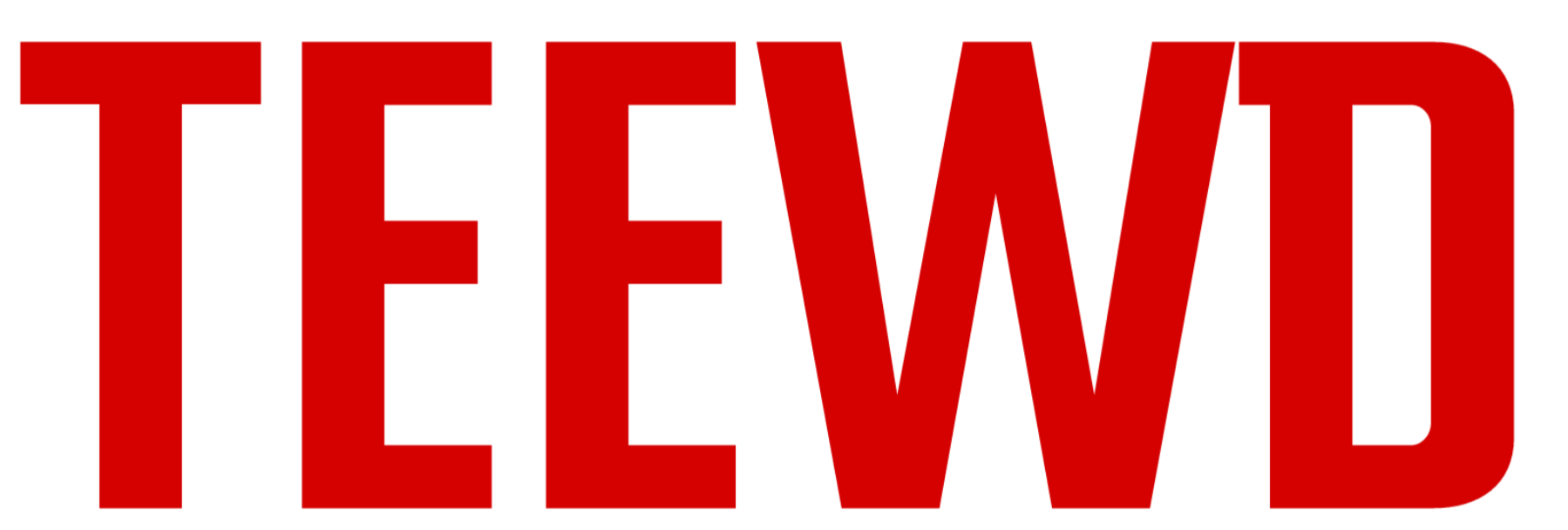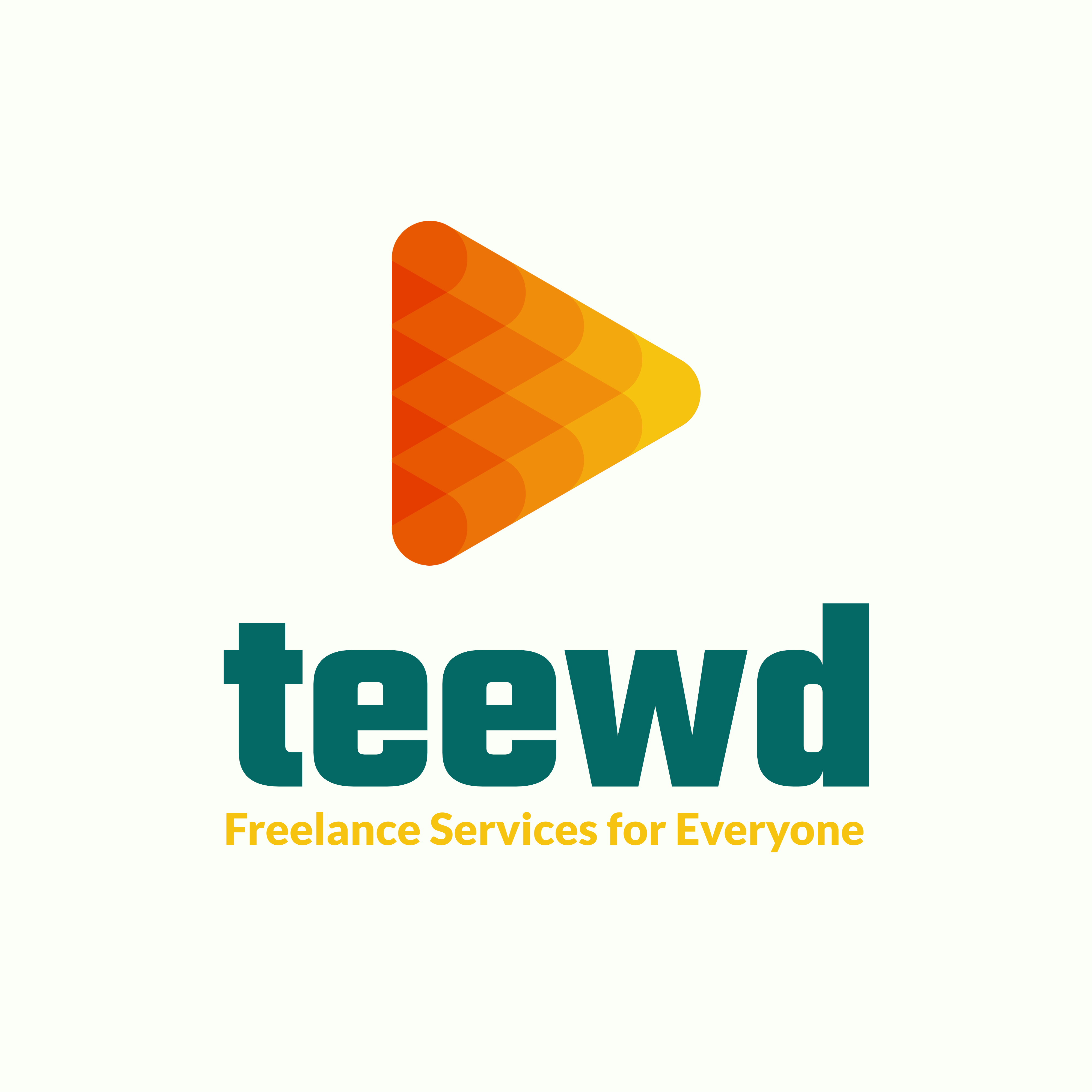The Systemic Rise and Staying Power of Freelancing.
Teewd Team.
The increasing impact of technology has ushered in an age of the new and improved, along with the meteoric rise of the freelancer. What started as a jack-of-all-trades, virtual-handyman career path has been fueled by the digital revolution and influence of major companies, so that the freelance space is now full of top-dollar professions and is a viable option for many. Housed in the limitless webspace of corporate Internet, freelancing took on the same no-boundaries growth and expanded through almost every field, creating options for virtual, independent employment that are both profitable and sustainable career paths.
The global acceptance of the freelancing market has followed and rapidly adapted to the global economy trends, where income and finance developments are no longer simply confined to a single country or region. The Internet has created a so-called “digital no-man’s land,” and with that emerged innumerable ways for freelancers across the globe to both work together and render services beyond the bounds of geography. Payoneer, an American financial services company that provides support for the freelance industry, reported that the year-over-year revenue growth of freelancing earnings in America was 78% in 2019, a remarkable jump from only 10% in 2018. This growth is mirrored globally, with 59% growth in the United Kingdom, and 48% in Brazil. Similar trends exist in Pakistan, India, Ukraine, the Philippines, Bangladesh, South Africa, Ghana, and Nigeria, among others. These numbers are reflective of the fact that the size and relative success of the industry are growing at a rapid, global rate—and as it exists entirely within the unlimited and geographically independent realm of the Internet, this growth can only be expected to continue.
Financially skyrocketing trends generally come with warning signs that might indicate a potential oversaturation or inflation of the field. However, with freelancing there appears to be no chance for a saturated market, especially as more and more major corporations continue to turn to digital solutions to offset costs and incorporate more creative solutions. Projections of future growth support these statements, and analysis of American markets indicates that the rapid growth will not only be sustained in coming years but will actually continue to increase. Learning Hub has projected that by 2027 over half of the United States workforce will consist of independent freelancers, while other more radical estimates place this benchmark closer to 2022. This change has been further facilitated by the switch to work-from-home employees and the search for virtual solutions brought on by the COVID-19 pandemic in both employees and corporations alike. Essentially, the amorphous and limitless possibilities for growth in the freelancing industry have ensured that it will remain attractive and sustainable as a profession and resource in future years. Trends estimate that this growth will continue to such an extent that freelancing will likely not only overturn the traditional nine-to-five workforce but may very well become the new normal for employment opportunities, and these patterns are being reflected across the globe.
While the incredible increase in prominence of the gig economy and an independent workforce might make anyone eager to leave their nine-to-five, the viability of such a career path must be evaluated by assessing the opportunity cost of freelancing over a traditional workforce job. Associated costs of being a virtual freelancer include the financial burden and uncertainty of losing paid vacation days, sick days, corporate health insurance, retirement plans, and employer-paid Social Security tax. Marketing yourself and your services, as well as establishing a website and accruing licenses that might make you more attractive to clients, costs money that you may not have outright. At one time these might have been enough for anyone considering the jump to turn their nose up at freelancing, but these downsides appear to be balancing out more and more with the establishment of the industry and the introduction of freelancer-supporting platforms such as www.teewd.com, that provide individuals with the support and marketing they need to help guarantee success and minimize risk.
As the size of the digital workforce continues to increase, the opportunity cost scale tips more and more in favor of the independently employed freelancer. Carmen Wong Ulrich, author of The Real Cost of Living, has said that “you need to make 20% more, if not more than that, to have the same comfort level you had when on a salary,” and while this might seem intimidating, Fast Company has reported that skilled freelancers are currently earning an average of more than 70% of all professionals in the United States per hour—skilled freelancers being the category of independent professionals who are at the forefront of the professional gig economy and are performing tasks that were once only available to those who held corporate positions such as marketing, consulting, and programming. Additional cost benefits come when you consider the truly global market of freelancers, as discussed previously. Rather than paying the associated costs of living in a large city in order to hold a corporate position, freelancers can take their higher average pay and live in the quieter, cheaper suburbs or areas with lower costs of living, thus averaging a much higher return on their investment and net profit. The destruction of the traditional working model has also increased freedom of workers globally and individually.
Freelancing has taken off as an alternative to the modern-day nine-to-five, and with such a meteoric rise one might expect a similarly precipitous drop, but the statistics show that freelancing is likely here to stay and that the growth spectrum of the profession is increasingly positive. Forbes has reported that in 2018, 61% of independent workers were choosing to take advantage of the online gig economy and pursue freelancing positions instead. This is up from 53% in 2014, and the growth has continued linearly in subsequent years. This growth is fueled by many top-dollar companies allotting resources and funds to ensuring that this profession remains tenable and useful for them, meaning that they must also make the field more attractive for the freelancers themselves. Platforms have grown up to organize the masses of individuals. Tewd.com is among some of the newest names in the virtual business and provide services to the freelancers that they host, ensuring that they have the networking, resources, and reliability to draw in clients, and then keep them.
The answer to how such a loosely defined profession is continuing to see expansion is simple. The engine that drives freelancing is constantly evolving and changing to meet the demands of the market. This consumer market—be it virtual or brick-and-mortar—runs upon the very same thing that acts as the lifeblood of any freelancing empire: The Internet. As previously discussed, the rapidly increasing opportunity cost in favor of freelancing has ensured that the profession will be a feasible long-term career move for many and that despite the meteoric rise of the freelancer, the traction that it has gained possesses immense staying power. Additionally, the supply of potential freelancers is only growing as the generations born and raised on the Internet and familiar with the set of skills necessary to create a successful virtual career come of age and enter the workforce. We at Teewd recognized the fact, that over half of American freelancers belong to Generation Z, that is, the under-twenty-five age group. The fact that such a large portion of the freelancing demographic is made up of so many young individuals speaks to the massive staying power and future growth potential heralded by a generation at the forefront of digital dealings. While 53% of the freelancing population was made up of GenZ, another 40% are Millennials aged 23-38, making the rising gig economy truly a young person’s game, with future growth in this direction inevitable. The trends show that the more Internet-savvy young people entering the job-hunting arena are more comfortable navigating the ‘Net, and better able to confidently and proficiently take the leap of faith required to turn to an online, independent contractor and create a career as a digital freelancer.
The final tip of the scale behind the meteoric rise and endurance of freelancing lies in its inability to be confined to a single term. As the Internet adapts and molds to fit society’s demands, so do freelancers in their offerings of services. Nearly every component of the business model is available for hire, from marketing to taxes to supply-chain management. Programing and digital development are some of the most sought-after skills in the world now (as well as one of the most profitable), and this career path is made up largely of freelancers working from home on their own schedule. The variety even includes designers, translators, copywriters, and live lesson and informative vlogger freelancers. Simply put, when looking at the big picture, it is hardly surprising that freelancing has seen such a large rise in prominence; indeed, it appears almost inevitable. And as more and more companies outsource into the digital gig economy and the independent freelancing workforce continues to grow, we will only see this popularity increase as we enter the coming years.
Teewd Team.
© 2021 Teewd Inc. All rights reserved.


